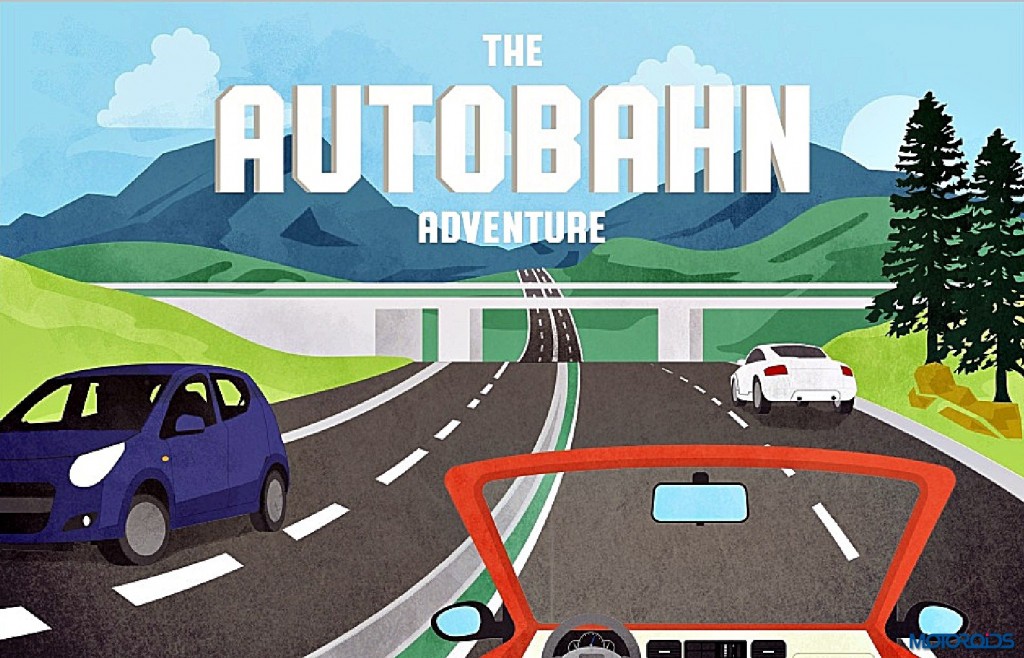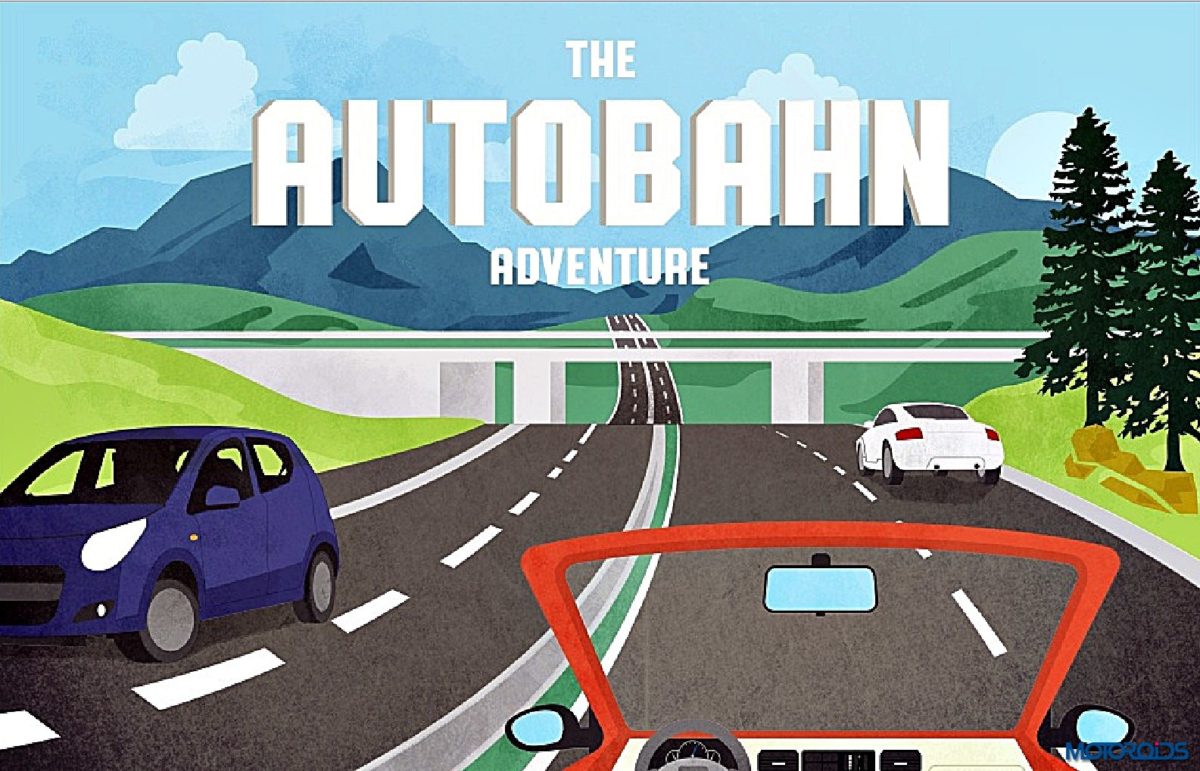
A couple of years back, during a road in trip in Europe I was travelling from Salzburg, Austria, towards Munich in Germany after having covered a good part of Italy. The traffic on the expressways in these parts of the world is generally very civilized even with relatively high speed limits. On the Italian Autostrade, for example, the speed limit can be as high as 150 km/h. The traffic, however, appears tranquil, with wide six lane highways, and everyone driving at a constant speed and with good discipline. So while I was driving at a constant 140-150 km/h through the trip, I never came across a moment where I saw a car zipping by manically, changing lanes abruptly or generally creating a sense of panic or unease. This was soon to change, though.
As I entered Germany from Salzburg, and drove for some time, I suddenly realized that the saintly instincts of the people behind the wheels had suddenly, mysteriously been demonized. All of a sudden, I was getting overtaken from all sides, and the hitherto gentle blokes in those BMWs and Audis were barrelling down the expressway like a mad bunch. I checked the speed of my own car, just to be sure if something had malfunctioned, reducing my speed, making everyone else around me get into an angry frenzy for obstructing their way. I realized I was still doing a healthy 150 kays, unless that speedo was broken, which, going by my blurred peripheral vision, didn’t seem to be the case.
It didn’t take me long to realize that I had, for a brief period entered one of the derestricted zones on the German Autobahns. And While I was still happy complying with the speed limits, those with monsters under their cars’ bonnets wanted to make the most of the opportunity, obviously finding my speed compliance as an irritant.
The Autobahns, without a doubt, are the most talked about public roadways anywhere in the world. While they are some of the fastest highways in the world, people do have a whole bunch of misconceptions about them. For example, Autobahns aren’t entirely derestricted – in fact only about 40% of the Autobahns have no speed limit, with about 60% recommending a top speed of 130 km/h. The longest you can drive without any speed restrictions on the Autobahn is a distance of about 150 kms on the A24 between Hamburg and Berlin.
These, along with many other such interesting facts make this infographic an immensely interesting read for the auto aficionados. Do go through this interesting visual, we’re sure you’d love it.
Infographic source: Insurance4Carhire


